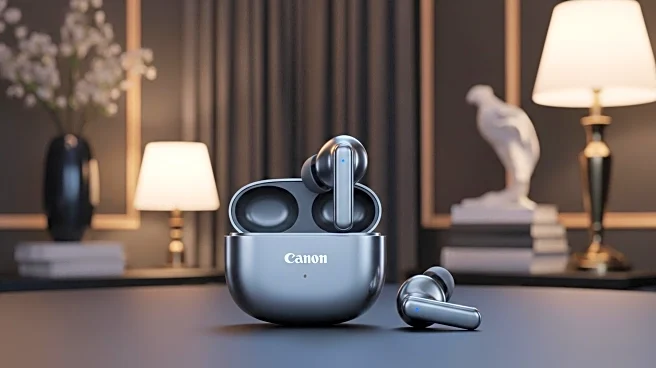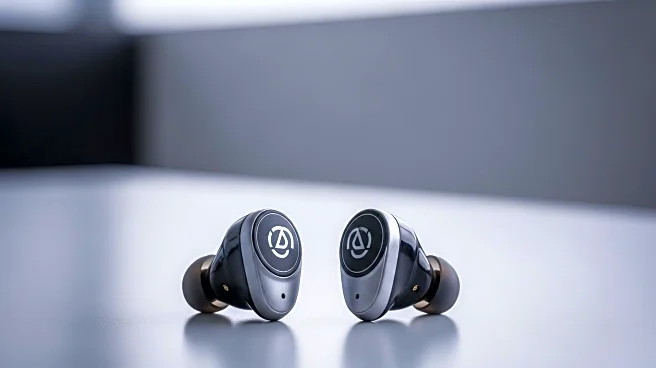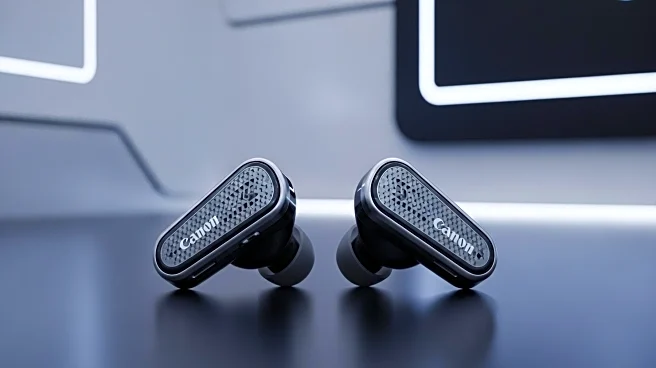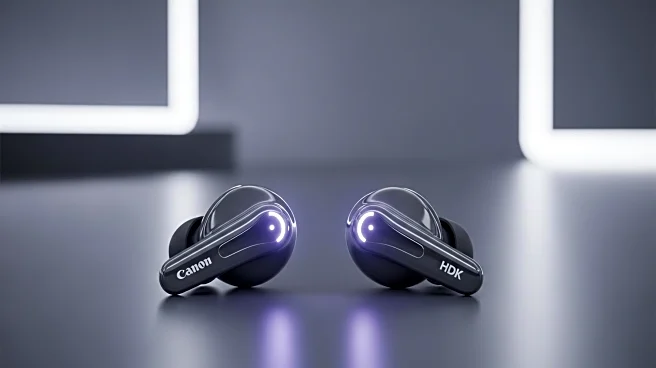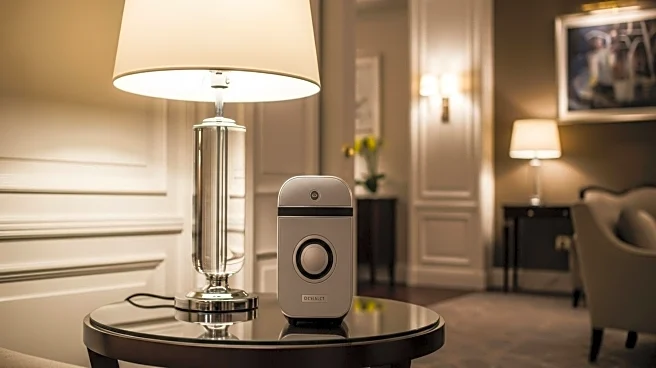What's Happening?
The Devialet Gemini II and JBL Tour Pro 3 are two premium wireless earbuds competing in the high-end audio market. Devialet, a French company known for luxury audio products, offers the Gemini II with custom-made titanium-coated drivers and advanced noise cancellation technology. These earbuds are positioned in the ultra-premium price bracket, emphasizing superior sound quality and luxury design. On the other hand, JBL's Tour Pro 3 focuses on practical innovation, featuring a hybrid dual-driver system and spatial audio capabilities. JBL's earbuds are more accessible in terms of pricing, offering extended battery life and innovative features like a smart charging case with a touchscreen display.
Why It's Important?
The competition between Devialet and JBL highlights the evolving landscape of premium audio technology. Devialet's focus on audiophile-grade sound quality appeals to consumers who prioritize audio fidelity, while JBL's emphasis on practical features and affordability targets a broader audience. This rivalry reflects broader trends in consumer electronics, where companies balance luxury and innovation to capture different market segments. The outcome of this competition could influence future product development strategies and consumer preferences in the wireless audio industry.
What's Next?
As both companies continue to innovate, consumers can expect further advancements in wireless audio technology. Devialet may focus on refining sound quality and luxury design, while JBL might expand its feature set and improve accessibility. The introduction of technologies like Auracast by JBL suggests a shift towards more interactive and shared audio experiences. Future developments could include enhanced connectivity options, improved battery life, and more sophisticated noise cancellation systems, potentially reshaping consumer expectations and industry standards.
Beyond the Headlines
The competition between Devialet and JBL also raises questions about the ethical implications of luxury pricing in consumer electronics. While high-end products offer superior performance, they may exclude a significant portion of consumers due to cost. This dynamic prompts discussions about accessibility and the role of technology in bridging or widening societal gaps. Additionally, the focus on innovation and feature-rich products reflects cultural shifts towards valuing convenience and multifunctionality in everyday devices.
